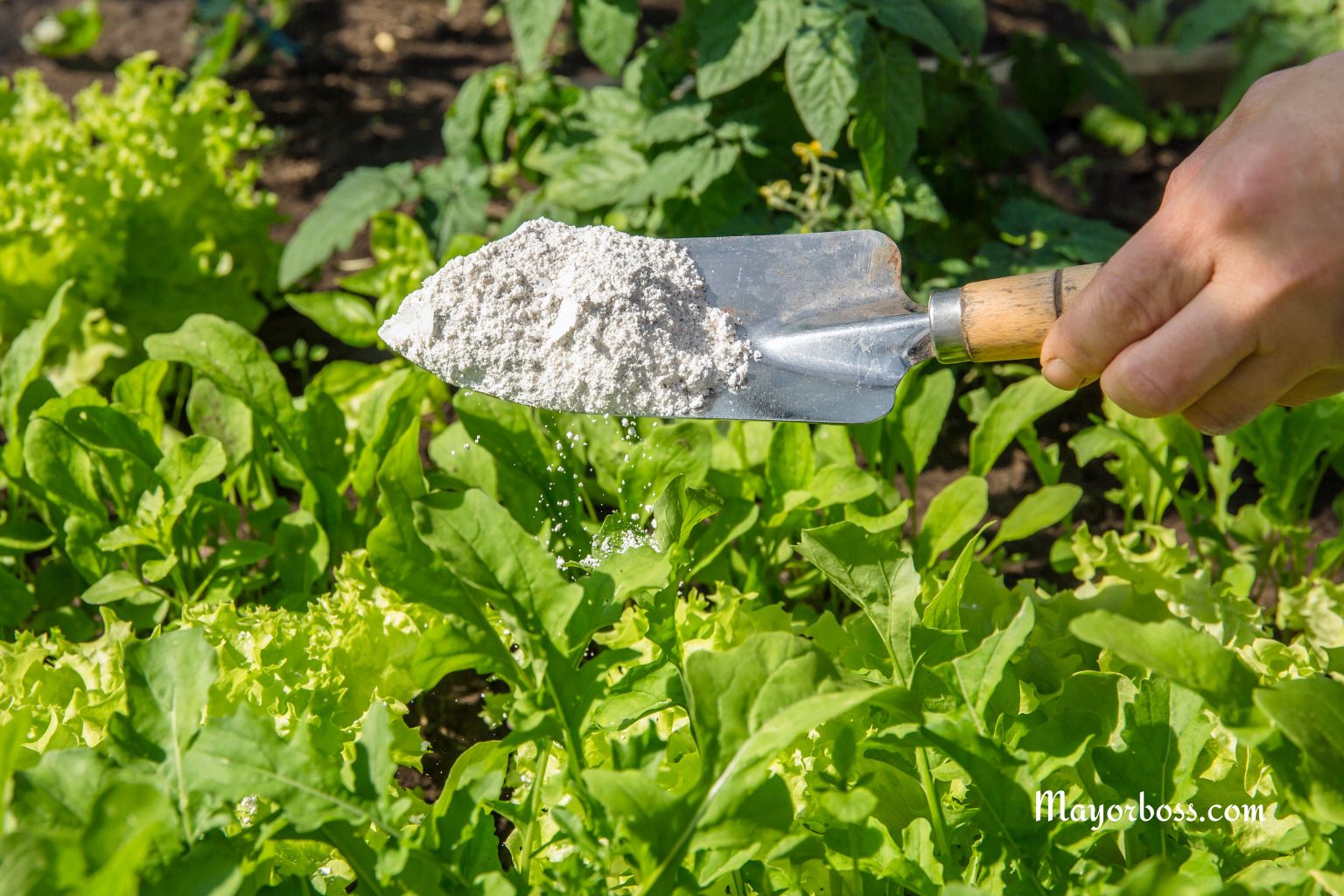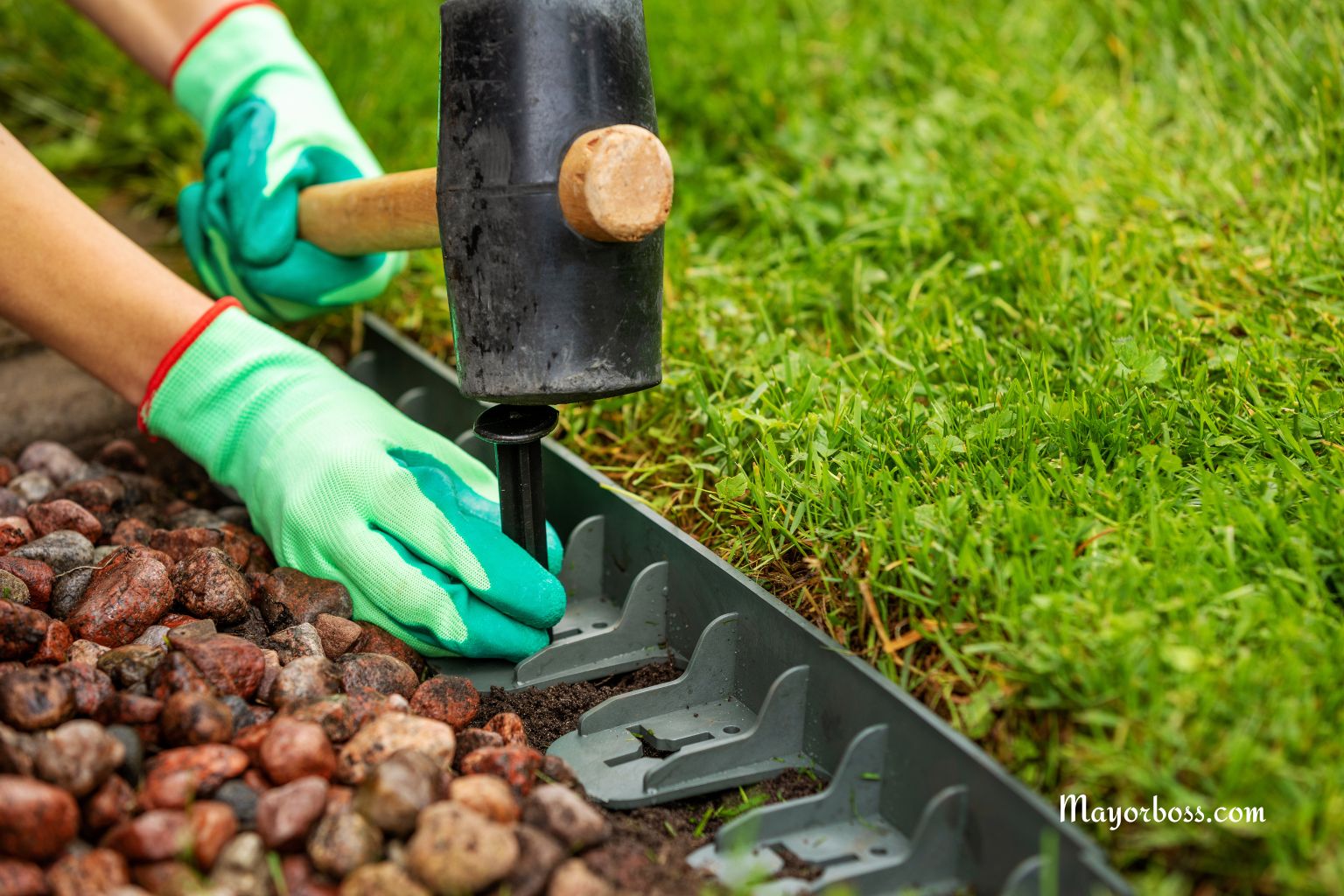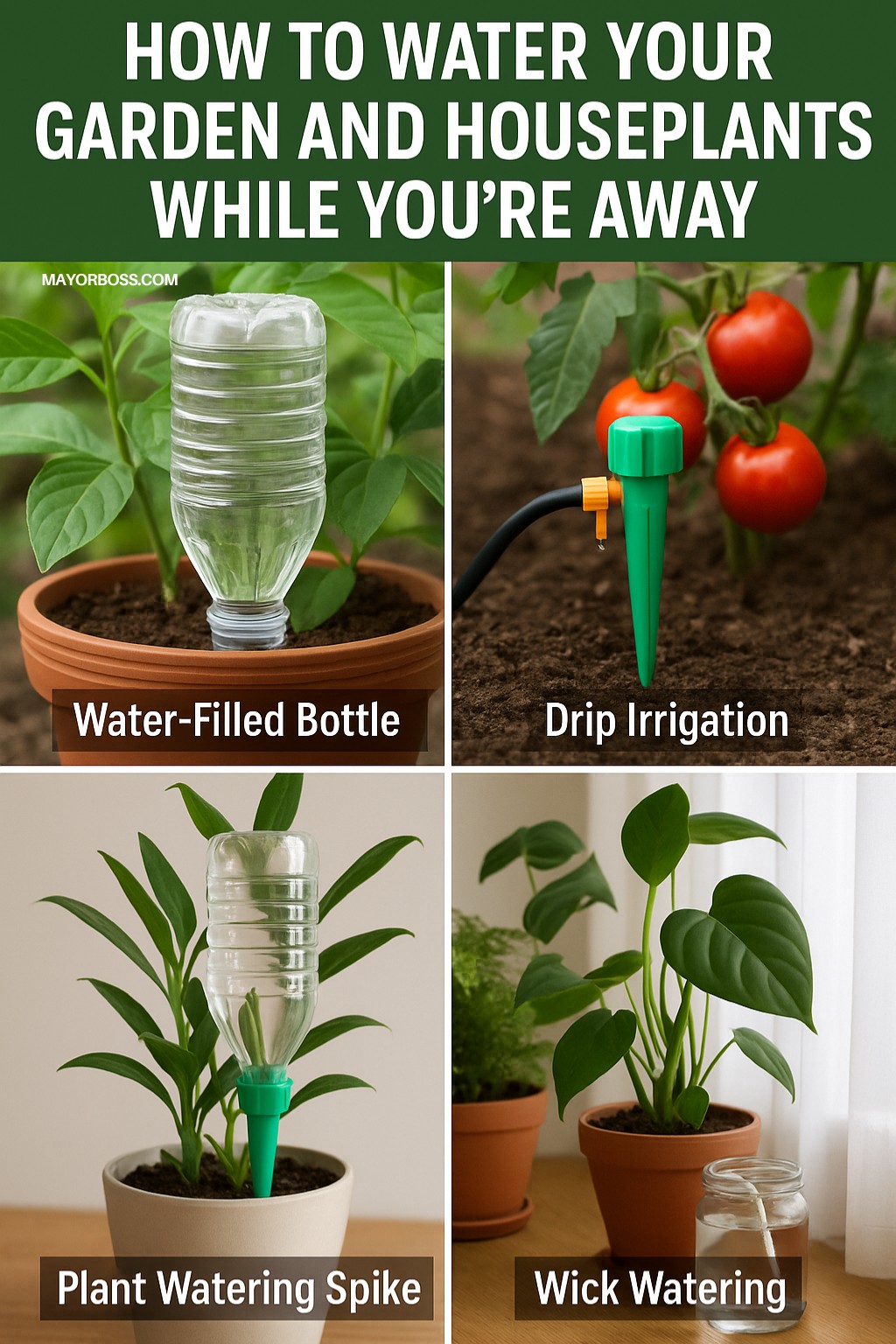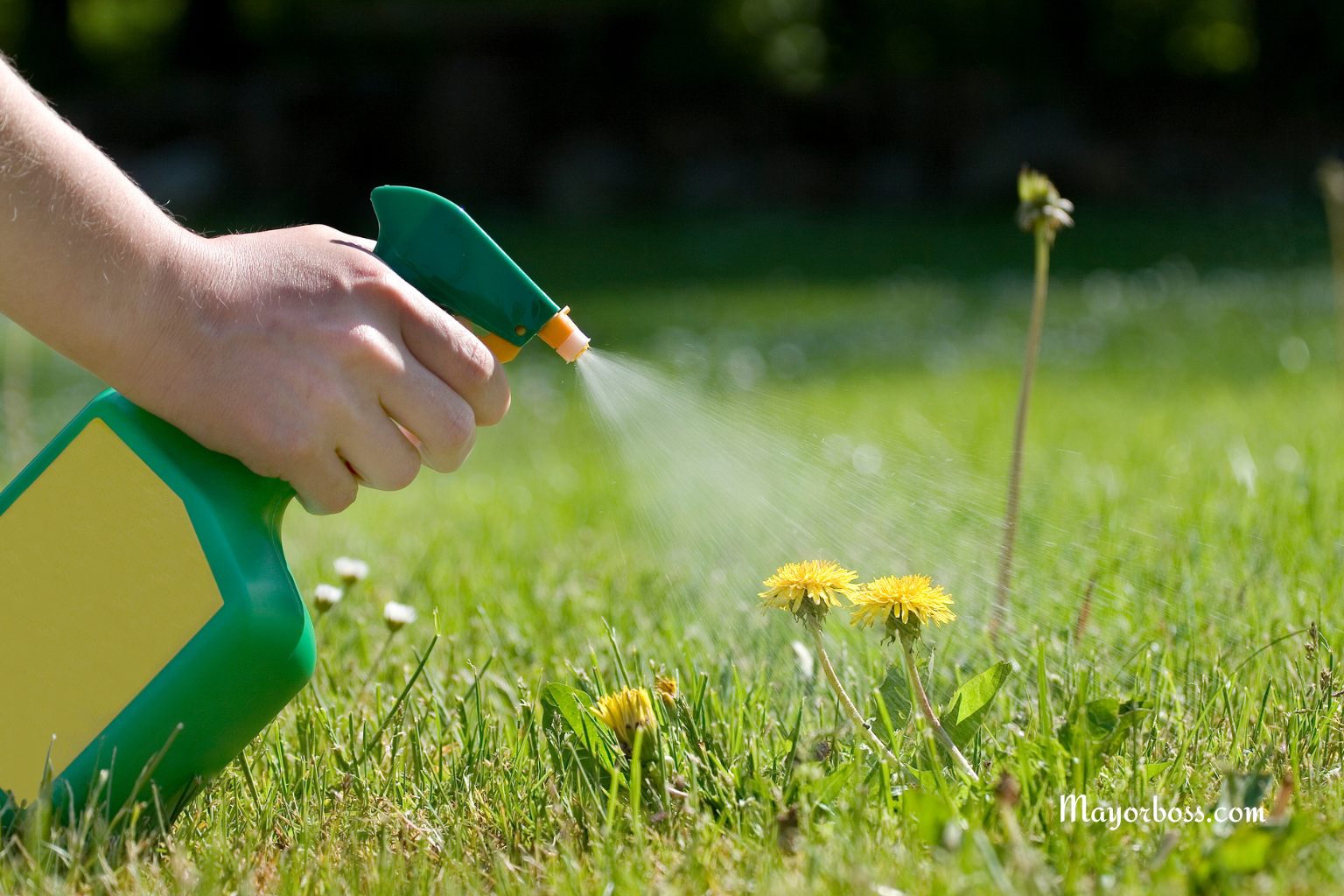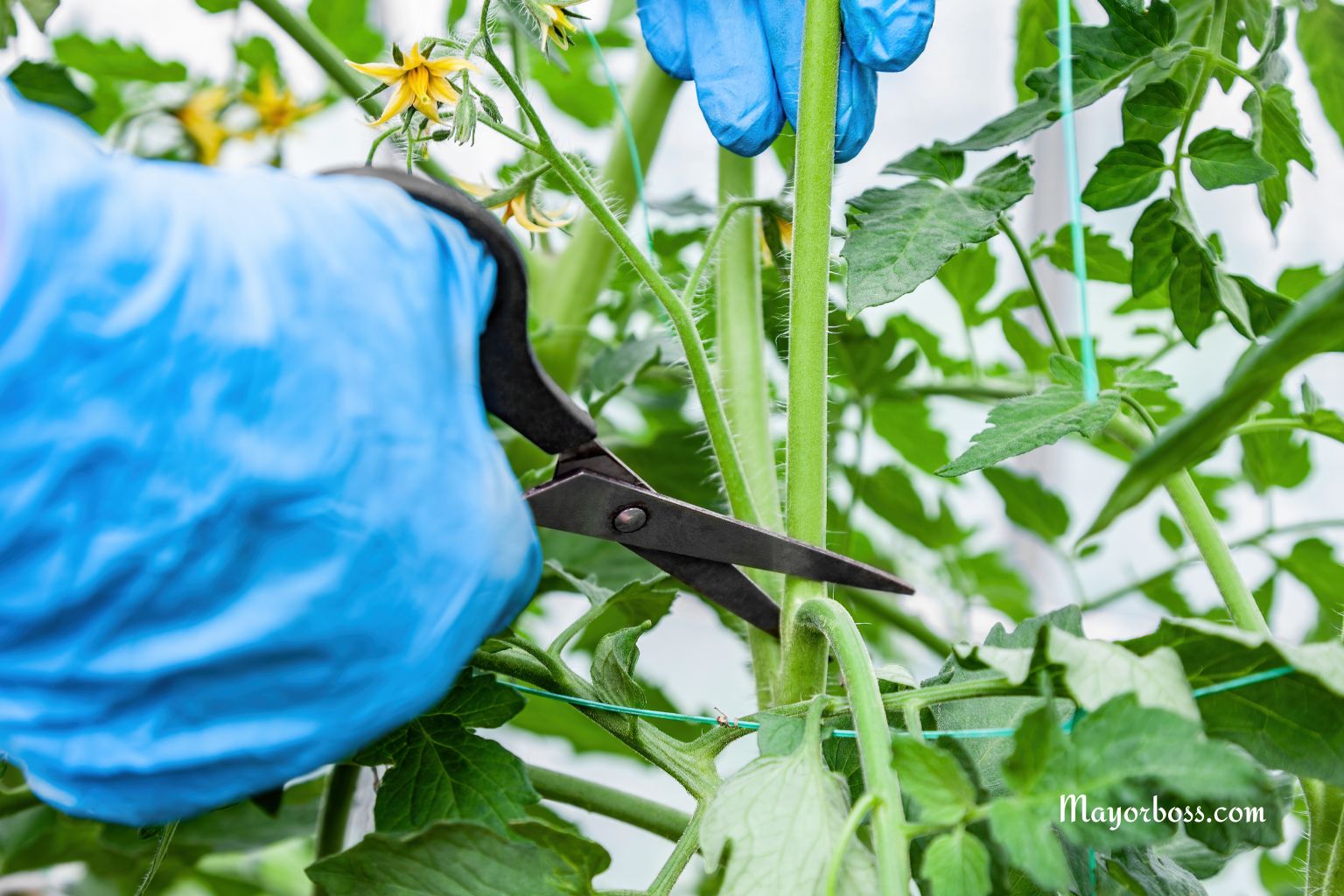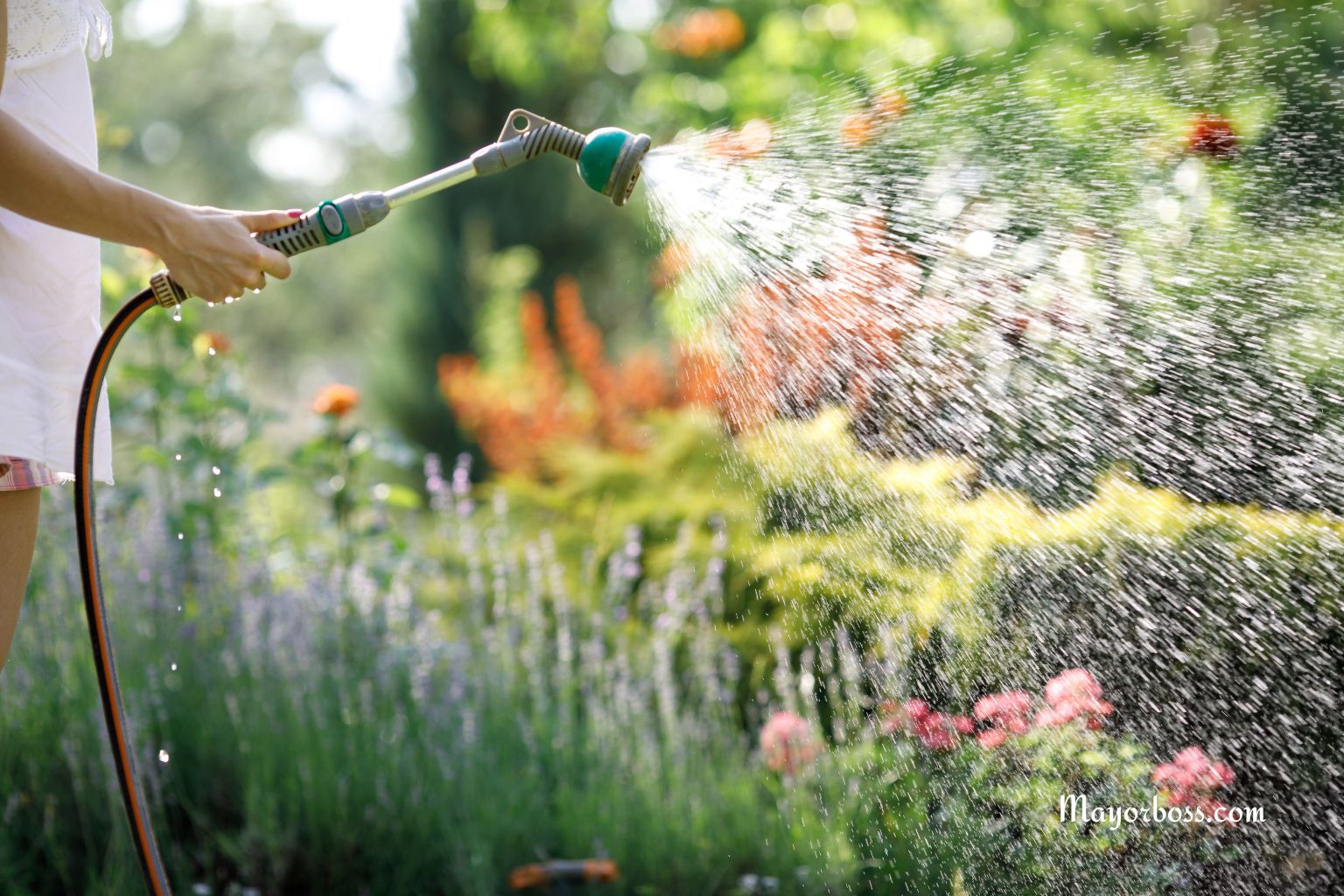7 Plants You Should Never Grow Next to Potatoes
Avoid planting these seven crops next to potatoes—they can attract pests, spread disease, or compete for nutrients, reducing your potato yield and overall garden health.
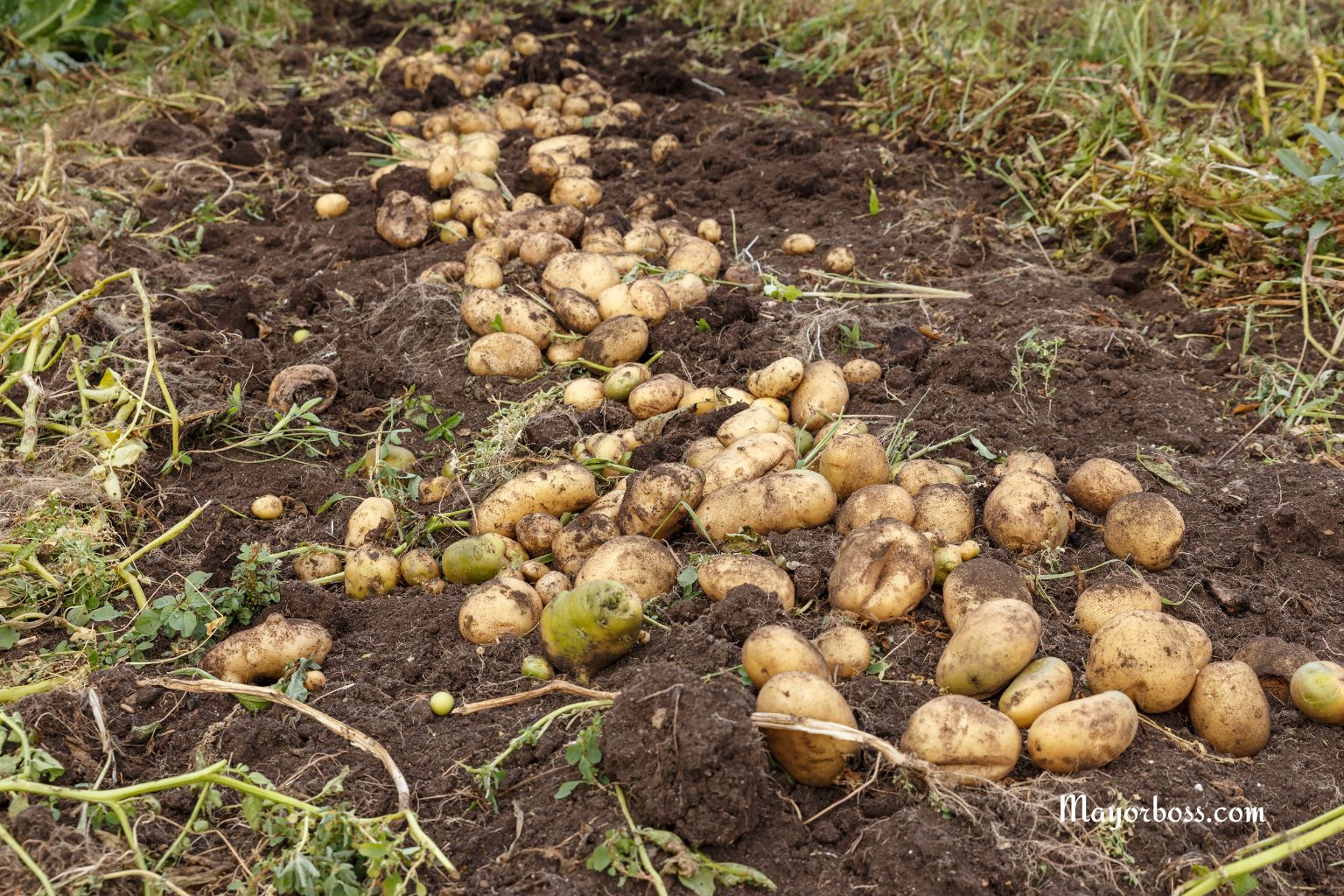
Potatoes are a popular and rewarding crop, but they don’t get along with every plant in the garden. While some companions can boost growth and protect against pests, others do just the opposite. Gardening experts note that knowing what not to plant near your potatoes can prevent poor harvests, disease outbreaks, and unnecessary frustration.
Here are some plants you should never grow next to potatoes—and why.
1. Tomatoes
Tomatoes and potatoes belong to the same plant family: Solanaceae, or nightshades. Because they’re so closely related, they’re vulnerable to many of the same diseases, especially early blight, late blight, and verticillium wilt.
Planting them together increases the chances of disease spreading quickly from one plant to another. These infections can wipe out both crops before they produce anything worth harvesting.
Tip: Keep them in separate parts of your garden, and rotate them to different spots each year to reduce disease risk.
2. Peppers
Like tomatoes, peppers are also nightshades. They carry and attract the same fungal infections and insect pests that attack potatoes. Aphids, flea beetles, and Colorado potato beetles don’t discriminate—they’ll gladly jump from one to the other.
Growing them together also places extra demand on your soil, as all three crops are heavy feeders that require a lot of nutrients to thrive.
3. Eggplants
Yet another member of the nightshade family, eggplants compete for nutrients and share many of the same diseases and pests as potatoes. One common problem is the Colorado potato beetle, which will happily feast on eggplant foliage as well as potato leaves.
Too much competition and overlapping pest pressure can weaken your potato plants, leaving them more prone to stunted growth and poor tuber development.
4. Cucumbers
Cucumbers may not be nightshades, but they still spell trouble for potatoes. One major issue is their rapid, sprawling growth, which can block sunlight and take up valuable space.
Cucumbers also attract cucumber beetles, which feed on foliage and flowers but can carry diseases like bacterial wilt. If your potatoes are nearby, they may suffer indirect effects from this pest and its potential to spread infection.
Additionally, both crops have different water and nutrient needs, which can lead to imbalanced soil conditions if grown side-by-side.
5. Carrots
Carrots and potatoes both grow underground, which makes them root zone competitors. They’ll fight for space, water, and nutrients. This competition can result in misshapen or stunted roots.
Carrots can also attract carrot flies, and while these insects don’t directly attack potatoes, the increased pest presence can still disturb your soil and stress nearby plants.
Tip: Give root crops their own dedicated area to avoid underground competition.
6. Sunflowers
Sunflowers are beautiful and attract beneficial pollinators, but they aren’t good neighbors for potatoes. They release compounds into the soil through a process called allelopathy, which can inhibit the growth of nearby plants, including potatoes.
Sunflowers also have deep roots and absorb a lot of nutrients, leaving less for your potato plants. Plus, their large size casts shade, which your potatoes don’t appreciate. Potatoes need full sun to grow healthy, hearty tubers.
7. Pumpkins and Other Squash
Pumpkins, zucchinis, and other squashes grow on long vines that quickly take over garden space. Their large leaves block light, and their roots take up lots of moisture and nutrients. This creates stress for your potatoes, which are not aggressive growers.
Squash plants also attract squash bugs and vine borers, which can contribute to the overall pest load in your garden. While these bugs don’t go after potatoes directly, an increase in insect activity can still damage nearby plants through soil disturbance and secondary infections.
What to Plant Near Potatoes Instead
While some plants are bad neighbors, others can actually support potato growth. Here are some potato-friendly companions:
- Beans – Add nitrogen to the soil and improve structure.
- Cabbage family (like broccoli or kale) – Don’t compete underground.
- Marigolds – Repel nematodes and deter some insects.
- Horseradish – Thought to protect against certain fungal diseases.
FAQs
1. Why shouldn’t nightshade vegetables be planted together?
Because they share the same pests and diseases, planting them together increases the risk of infection spreading and damaging all your crops.
2. Can I plant onions next to potatoes?
It’s best to avoid onions and other alliums (like garlic) near potatoes. They can stunt potato growth by releasing natural chemicals that slow down their development.
3. Is corn a good companion for potatoes?
Not really. Corn is a heavy feeder and can compete with potatoes for nutrients. Plus, it casts too much shade for sun-loving potatoes.
4. How far apart should incompatible plants be?
Ideally, plant incompatible crops in different beds or at least several feet apart with other plants in between to act as a buffer.
5. Can I reuse the same potato bed next season?
It’s better to rotate your potato crop every year to reduce the risk of soil-borne diseases. Wait at least two to three years before planting potatoes in the same spot again.

